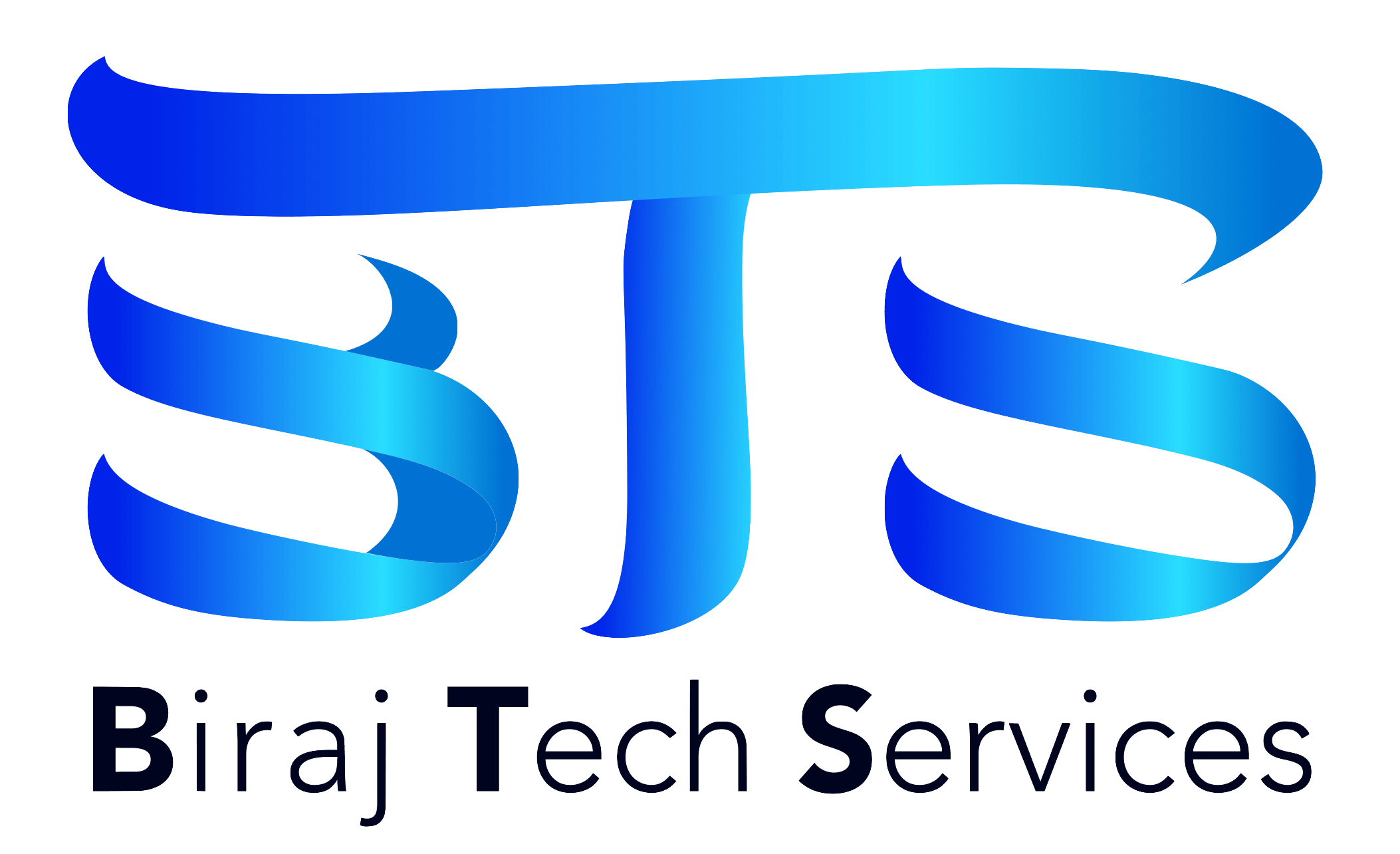
The Step-by-Step Guide to Choosing Healthcare App Technology (That Actually Works)
This guide helps you choose the right technology stack for building secure, compliant, and scalable healthcare applications, with insights from successful healthcare SaaS companies.
COVID-19 completely revolutionized our perspective on healthcare delivery. The global crisis triggered a surge in healthcare SaaS companies that made medical services cheaper and available, particularly in third-world countries.
Healthcare technology has seen explosive growth because of this quick digital shift. Building successful healthcare applications needs more than just trending technologies - you need the right tech stack that will give security, compliance, and scalability.
This piece will guide you through picking the perfect technology stack for your healthcare application. We showcase real-life examples from successful healthcare SaaS companies. Your healthcare application will thrive with our guidance, whether you're building from ground up or enhancing your current system.
Understanding Your Healthcare SaaS Requirements
Building a successful healthcare SaaS application starts with understanding the market potential. The healthcare cloud computing market, valued at $39.40 billion in 2022, is projected to reach $89.40 billion by 2027, growing at a CAGR of 17.8% .
Defining Core Business Objectives
Market analysis, competitor research, and understanding potential software users come first. Healthcare organizations want to improve care quality through advanced technology adoption without major investments, which drives the growth of healthcare SaaS solutions. A detailed software requirements list and a clear feature roadmap should match your business goals.
Identifying Technical Constraints
Healthcare SaaS development faces specific technical limitations that need attention. Your application must meet these key requirements:
- Data encryption for PHI and financial data
- Password-protected login with role-based access
- HIPAA, FDA, and ONC compliance
- DDoS protection and automated security risk assessment
- Integration capabilities with existing healthcare systems
Mapping User Requirements
Patient experience plays a significant role in healthcare SaaS success. The patient's need for care marks the beginning of their healthcare trip. Patient feedback at each touchpoint helps identify moments of truth - interactions that affect patient loyalty. This data helps create individual-specific experiences based on varying levels of health literacy and IT skills.
Healthcare SaaS experience is different from traditional software. Users often access the product through self-service channels before connecting with company representatives. Success depends on creating an easy-to-use interface and automated data synchronization between healthcare applications.
Evaluating Top Healthcare SaaS Companies' Tech Stacks
Healthcare SaaS companies that are 5+ years old follow proven technology patterns that make them successful. Their tech stacks reveal effective combinations that create strong healthcare solutions.
Analysis of Successful Tech Stack Patterns
Healthcare applications use a blend of old and new technologies to work. Noom, a psychology-based digital health platform, uses JavaScript, jQuery, Python, Java, and AWS Amplify to create its detailed weight management program. These technologies work together to handle data securely and create smooth user experiences.
Common Technology Combinations
Healthcare SaaS companies frequently use these technology combinations:
- Frontend: JavaScript, jQuery, React
- Backend: Python, Java, PHP
- Cloud Services: AWS EC2, Google Cloud Platform
- DevOps: GitHub, Docker, Kubernetes
- Collaboration: G Suite, Slack, Zendesk
Meeting Changing Demands
More healthcare organizations are going digital. They need technology that can scale. SaaS tools improve patient care, optimize operations, and increase clinical efficiency. Expanding these tools allows healthcare businesses to meet current and future demands, keeping them competitive.
Lessons from Market Leaders
Market leaders excel in three key areas. Babylon Health demonstrates scalability with over eight million virtual consultations using JavaScript, Python, and Java. Security remains crucial as companies add multiple protection layers through tools like Sentry and Amazon EC2. Ro shows flexibility with over five million digital healthcare visits. The company uses jQuery, NGINX, and Python to adapt as healthcare needs change.
Building Your Health Tech Stack Foundation
Your healthcare SaaS application needs the right foundation that includes multiple technical elements. A strong tech stack combines programming languages, operating systems, databases, and servers that work naturally together.
Essential Technology Components
Healthcare tech stack's core components support both clinical and non-clinical tasks. These basic elements include:
- Frontend Technologies: JavaScript, HTML5 for user interfaces
- Backend Systems: Java, Python for data processing
- Database Solutions: PostgreSQL, MongoDB for secure data storage
- Cloud Infrastructure: AWS, Azure for adaptable hosting
Security and Compliance Requirements
Healthcare applications' security measures must meet HIPAA regulations. The Security Rule establishes three vital safeguards: administrative, physical, and technical. Healthcare SaaS providers must also put reasonable security measures in place to protect electronic Protected Health Information (ePHI). This ensures data availability and integrity.
Developers should build robust encryption for data transmission and storage. Privacy protections should be a core part of technology products rather than an afterthought.
Scalability Considerations
Your healthcare tech stack must grow with your application. The system should handle increased workloads without performance issues. A good tech stack supports both vertical scaling (adding more power to existing hardware) and horizontal scaling (adding more hardware to the distribution system).
Healthcare organizations need flexible architecture to adapt to patient needs and industry changes smoothly. The technology infrastructure should work with emerging tools and utilize existing systems for long-term success.
Making the Final Technology Decision
The final technology decision needs a careful look at costs, implementation methods, and potential risks after we assess technical requirements and available options.
Cost-Benefit Analysis Framework
A detailed cost-benefit analysis shows the long-term value of healthcare technology investments. Research shows healthcare organizations need to look beyond upfront costs to assess total ownership expenses. The analysis must factor in staff training, technical support, and system updates that happen every 90-180 days. We focused on both direct benefits like operational efficiency and indirect advantages such as improved patient outcomes in successful healthcare SaaS companies.
Implementation Timeline Planning
Organizations typically need 6-24 months to implement changes based on their size and complexity. A phased approach works better than a complete overhaul because the core team can adapt gradually while operations continue normally. These key phases need attention:
- Project planning and contract review
- Staff training and competency assessment
- Data migration and system testing
- Final checks and launch preparation
- Post-implementation monitoring
Risk Assessment Strategies
Risk assessment plays a vital role in healthcare technology implementation. The assessment process must look at both inherent app risks and external factors. Organizations should create a risk management framework that covers:
Teams must check security vulnerabilities through systematic evaluation methods. Studies reveal early risk identification prevents up to 67.95% of potential security issues. The framework should include regular monitoring and updates as healthcare regulations change constantly.
Conclusion:
The right technology stack plays a crucial role in healthcare SaaS application success.
Healthcare applications must prioritize security and compliance above all else. Your tech stack should support HIPAA requirements and provide adaptable solutions for future growth. On top of that, implementing changes in phases will give a smoother adoption process with minimal risks.
Note that picking the right technology isn't just about following trends. Success comes from balancing your specific needs with market requirements and long-term sustainability. All but one of these successful healthcare applications achieved this balance through careful planning and strategic tech choices.
Healthcare SaaS market grows faster each day, creating opportunities for innovation. Building a new application or upgrading existing systems with these guidelines will help you create a secure, compliant, and adaptable healthcare solution that serves your users well.
